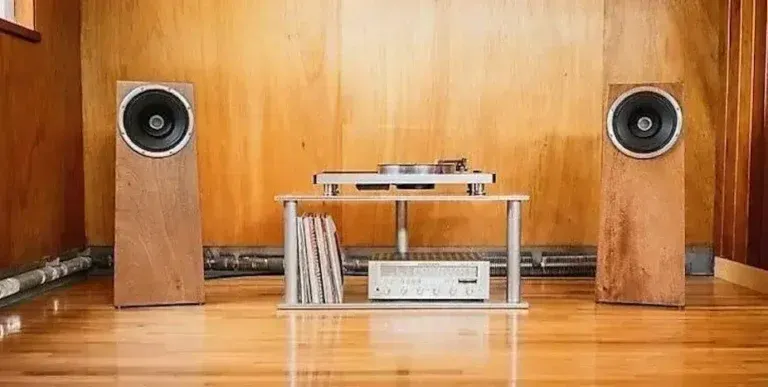
This article first appeared in The Sound Advocate, a HiFi publication that offers “Sound component reviews and commentary For The Discerning Listener!”
As an audiophile and equipment reviewer, I am always interested in products that go off the beaten path regarding looks and performance. Do not misunderstand me: there are some top-performing ME TOO box speakers out there but seeing products that have a design that goes off the beaten path is always exciting! An example is the first time I heard open baffle speakers or when I discovered point-source speakers. The ability of these designs to get the time alignment down offered me a more convincing disappearing act.
Knowing my mission in high-end audio is to have a system that allows me to hear close to the original performance in my room and not the components that sit in it gets me animated about any design that could give me this disappearing act.
The first time I saw Zu Audio speakers was when they first came out. It was the early 2000’s and at that time there were a sea of Chinese-made black or fake wood-veneered boxes that smothered the audio landscape.
It seemed like in the early 2000’s a lot of the American speaker companies would rather phone it into China and rest on their reputation. Companies like Klipsch and JBL which were American mainstays in the 50s and 60s had no problems alienating their customer base with these Chinese-made boxes leaving only their top-tier products to be American-made.
Sean Casey, the founder of Zu Audio had a different approach to speaker-making. He decided to use a time approach way to market and sell their products. Online shopping was becoming a big thing and Zu Audio decided to take advantage of the selling direct approach allowing their products to stay affordable.
Another thing that Zu was adamant about was that their product be made in America with American-made parts. This allows them to keep the quality higher and to have a closer relationship with their suppliers and engineers enabling the availabilitly of the best possible parts for their speakers.
*Design Philosophies
Newly Designed Cabinet:
The Zu Soul 6 has a newly designed cabinet using a new material for Zu speakers. The Soul 6’s cabinet is made from a wood called Okoume. This hardwood was chosen for its rigidity and density. They also use this material for the internal bracing calling it a superstructure. According to Zu, this allows for a more inert cabinet structure and an overall lighter product. The cabinet comes in a natural finish and translucent colors with a standard and high gloss finish.
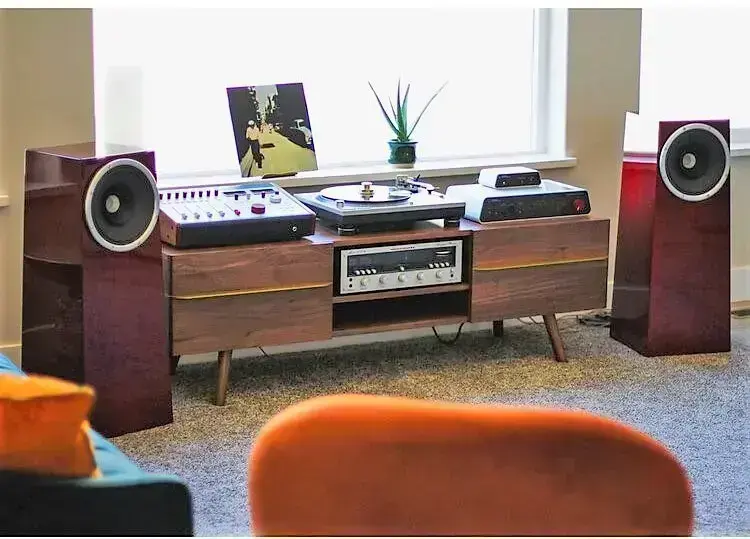
Zu-Griewe technology: The Soul 6 uses the Zu-Griewe technology in place of a traditional bass port. These 4 finger ports on the bottom of the cabinet work by effective impedance matching the high-Z of the driver cone to the low acoustic Z of the room. This reduces non-planar propagation and reduces standing waves in the cabinet. Setting this gap correctly for the room is critical to get the proper bass through lower-midrange response from the Soul 6.
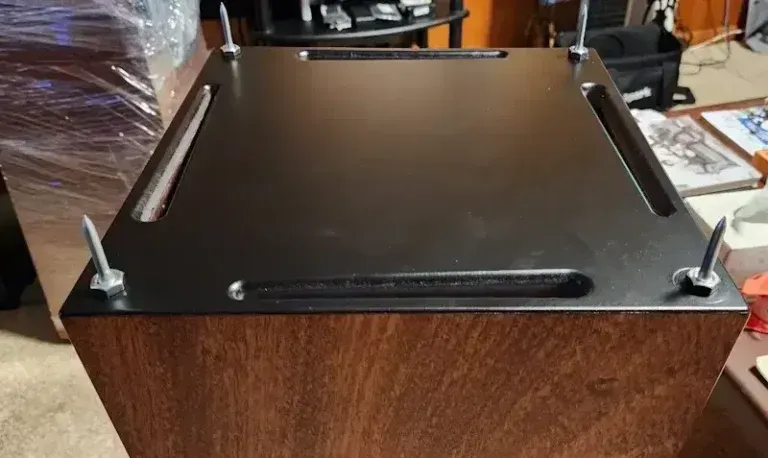
Point-Source design:
Zu takes a different approach to speaker design. Taking things from the old school and merging it with today’s technology. They incorporate the use of point-source driver arrangement in the Soul 6 which has been a technology used for years with products from companies like Tannoy and KEF.
This point-source design has the advantage of time alignment proficiencies since both drivers are coming from the same place on the front baffle. Another benefit is that the sound coming from seemingly the same source gives the speakers good on and off-axis frequency response. If you have ever heard a speaker system that sounds great while sitting only to sound terrible when you stand up you will know what I am talking about. Point-source speakers will not do this if they are designed correctly which opens up more positioning possibilities.
Full-range driver:
From Zu Audio’s beginnings, they have used full-range drivers. This Eminence-sourced driver has been a mainstay in Zu’s design going while going through multitudes of improvements over the years. This driver is the heart of Zu’s sound covering most of the frequency range(in the Soul 6 up to 10kHz).
This driver comes from Eminence and then is treated with a Nanotech material that Sean Casey’s engineering team developed to increase stiffness, increase propagation velocity, and to better control modes and damping behavior. Getting a 10.3” driver to cover that wide of a frequency band is no easy task. Zu worked with Eminence to incorporate what they call a whizzer cone.
The Whizzer cone gives this 10.3” driver a smaller cone area that is mounted to the same voice coil giving the driver a Quasi-midrange cone to extend the frequency response.

Whizzer cones have been used for years in full-range drivers and while some people will argue against using them Zu seems to embrace them using them in every model in their lineup.
Coaxial Mounted Super-Tweeter:
Along with the 10.3” driver, Zu went to Eminence to source the compression driver used in the Soul 6. The Eminence N151M ring-radiator Mylar diaphragm compression driver was chosen over the Radian drivers Zu has used in the past due to the Eminence driver’s better treble extension. Zu’s 10.3” driver has a metal waveguide installed to enable a smooth path for the compression driver above 10Hz.
Using drivers like the Eminence/Zu 10.3” full range driver and Compression super-tweeter should give owners peace of mind knowing that these drivers are based on pro-sound drivers. Pro-sound drivers are built to play at full tilt all the time. Knowing most owners will never work the drivers that hard they should last for years!
Zero-Crossover Driver Design:
The 10.3” full range driver on the Soul 6 uses zero crossover network. The only crossover parts in this speaker is a simple filter network on the tweeter. This allows the 10.3” full range driver to get its signal directly from the amplifier with nothing in the way.
Most speakers incorporate 1st to 4th-order crossover networks on all the drivers used. This puts electronic devices(mostly capacitors or coils) between the amplifier and the driver. Some designers will also put components in their speakers’ crossover networks to regulate the impedance, change a driver’s sensitivity to match well with other drivers or fix response issues within the driver’s frequency response. These complex networks can rob a speaker of its detail and tone if anything other than the best parts is used, (for perfectionist products, they must be! Editor), and even then there is always some signal loss.
With the Soul 6, having only a simple network on the tweeter allows the full spectrum from bass to 10kHz to be crossover free– thus allowing the driver to get the full detail from the amplifier. The tradeoff to this way of doing things is that you have to design one hell of a driver to be able to keep a flat frequency response and solid behavior without any assistance. I will cover sound performance on this design below.
Setup
When I received my review pair of Soul 6’s they came in the usual boxes used for shipping. I will say that unboxing was much easier thanks to the way the box is put together. It is stapled down the side of the box allowing you to just undo the staples and slide the speakers out.
The Soul 6 is to me a very good-looking speaker even though I could see it not being for everyone. The finish is top rate as the pair I received were the natural Okoume standard finish. I am an amateur woodworker so I will usually pick apart a bad finish but this one was solid.
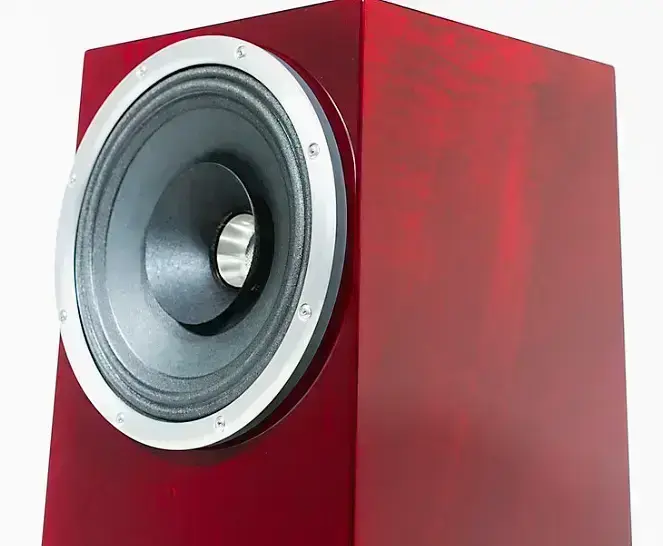
This finish looks great and I could see it fitting both vintage and modern systems. The brushed aluminum trim ring around the driver gives the Soul 6 a custom-made feel while the cabinet shape adds to the look.
The first time I moved one of the speakers into the room to start the setup I was taken aback by how light they are. At 39 pounds each they weigh nothing in comparison to most high-end speakers, hell, even some stand mounts weigh more than that so getting them into proper positioning is very easy.
The first thing you want to do is to install the correct footing. The Soul 6 comes with blunt-tipped inserts for hardwood floors and longer spikes for carpets. Being that I had a carpeted floor I went with the spikes which would prove later to be problematic. There is a whole instruction form here on how to set the gap between the bottom of the speakers and the floor.
I will say again I am glad these speakers are on the lighter side as I had to flip them multiple times during this process. I started at the recommended starting point of a 3/8” gap and went from there going all the way up to about an inch. What I noticed was small changes in this gap do make profound changes in the bass and lower midrange performance.
At the end of the day, I ended up back at around 3/8” as the sweet spot for bass/lower midrange response balance. To do this I had to put the blunt feet back on since the supplied spikes were just too long to get the gap I needed. This might be something Zu can address sometime to give users more options.
Hooking them up was a breeze as the binding posts are of high quality and easily fit both my reference Iconoclast SPTPC and the Argent/Pur (review Coming!) speaker cables with bananas. These speakers only have one set of binding posts as they should in my opinion. The Soul 6 has an 8-ohm nominal impedance(5.1-ohm minimum) and a 100 dB sensitivity so about any amplifier in existence can power these with ease.
Setting them up in my 12’ x 20’ listening room proved to be a lengthier process than usual. My room is set up to where I place speakers about 4.5 to 5’ into the room from the back wall. After that, I spent a couple of days moving the speakers around to get the best imaging and sound staging while keeping the in-room frequency response solid.
I finally settled with the speakers around 5’ from the front wall, about 1’ from the side walls, and with the speakers about 9’ apart keeping the speakers pointed straight with no toe in. Zu Audio runs these speakers in their break-in room for 6 weeks before shipping them and recommends running them for about 200 hours when received to finish the process. I ran them for about 3 more weeks on background music before starting my evaluation process.
Sound Evaluation
When I started evaluating the Soul 6 one thing was clear. These speakers are not shy about any detail. Ray Lamontagne’s 2004 album Trouble is an excellent acoustic album and is recorded well. The title track “Trouble” is a beautiful song with a sound quality to match. Acoustic guitars were rich and lifelike while the vocals came into focus very well in the mix. The Soul 6 seemed to allow the performers to float in the room with good soundstage and imaging. While the bass was tight and musical giving me true instrumentation it was a little lacking in overall impact and depth. Also, the bass guitar just did not have the depth. But besides the shyness in the bass, the song had good body and instrument separation.
Porcupine Tree’s 2002 album In Absentia is a great progressive rock album to just kick back and rock out to. The song “The Sound Of Musak” is one of my favorite songs on the album and was the first play. This song has great drum work from cymbals down to a tight and punchy bass drum.
The Soul 6 gave me all the detail in the drums and set the kit in the right spot in the mix. Cymbals had proper shimmer without glare while Toms had good density letting me hear the drumheads themselves not just a thud like lesser products. Midrange had loads of delineation and depth allowing me to hear the vocals and guitar work in full glory. Steven John Wilson’s vocals sounded full and natural as well.
Since The Soul 6 has no crossover on the full-range driver, the only filter on the super tweeter at 10kHz kept the midrange pure without crossover notches and other nasties.
Bass drums sounded solid if not up to par with the rest of the presentation, making the music sound lean at times. I am quite particular with bass and will take a fast detailed bass over the bloated boombox ‘sound’ that inhabits the audio landscape today. The Soul 6 had good impact but just did not have the ‘thwack’ needed.
I decided to chill out a bit with some Coltrane. John Cotrane’s 1960 album Coltrane’s Sound is being rereleased by Rhino Records. The newly added Qobuz version is the one I used for this review. Coltrane’s sax just came to life on the Soul 6 and allowed me to fully enjoy the instrumentation and musicianship on this release.
The Zu’s had all the best attributes in the mix with the drums on stage left with Coltrane taking up the sax middle stage. My only real complaint here was at times the upper midrange did have a little ‘bite’ to it. The bass was tight allowing me to hear the stand-up bass’s intricacies but with a limited impact.
Comparisons
While I wish I still had the Volti Audio Razz speaker in-house that I reviewed last year for a direct comparison it was not to be. Going off of memory alone, both the Zu Soul 6 and Volti Razz have equal amounts of detail and effortlessness. The Razz also has the bass impact to bring to the party. The Soul 6 being a much smaller and lighter speaker just can’t keep up in the bass department.
Both speakers image and soundstage well and both can give you the taste of reality that we all strive for. The Zu is the more midrange centric of the two which is no surprise given that the Zu uses one driver with no crossover for most of the frequency range.
Comparing the Soul 6 to my reference Spatial Audio Turbo S speakers was much easier and more accurate since I have them both here to directly compare. The first thing I noticed going back to the Spatial from the Soul 6 is the bass response.
Anyone that thinks open baffle speakers have no bass needs to hear some properly setup. The bass had all the same tonality and natural presentation but with more heft. I will give it to the Soul 6 though because with a lot of box speakers you either have speed or impact, not both. The Zu’s have speed and I think in a smaller room they could have the thrust; just not in mine.
Conclusion
I enjoyed my time with the Zu Soul 6. It is a very different and cool-looking design that can fit into any system and room. While in my room I did experience some setup issues I finally got them there. The treble and midrange performance is very good only getting slightly brash on some recordings. The Soul 6 will not make bad recordings sound good or sugarcoat over setup issues. I would suggest if purchasing them you read up on all the setup information that Zu makes available for the user.
In my room, the bass was a little shy and the upper midrange can get peaky at times with some recordings but the overall sound of the Soul 6 is enjoyable and lifelike. Are they an objectivist’s dream speaker killing it in the measurements? I doubt it. For the rest of us out there we know there are way too many variables from music recording, mixing, mastering, and playback, not to mention hearing differences from person to person to ever get the exact sound that was captured at the studio.
I will recommend the Zu Audio Soul 6 with this added message. In some rooms, they may not be perfect, but in someone else’s, they well could be. The Soul 6 comes from quality components, construction, and design pedigree. The fact that they are small and light, and will run with any amplifier on the planet, could be a fulfilling and emotional ride with your music.
Review System:
Speakers: Spatial Audio M3 Turbo S open baffle./ REL T9x subwoofer/
Digital: Denafrips Venus II, / Modified PC-based Music server/streamer.
Analog: Vintage Hitachi PS-17 Turntable, Darlington labs MP-7, and SU-7 phono preamp, Audio Technica VM95SH cartridge
Amplification: Hegel P20 preamp. Pass Labs X150.5 power amp. Conditioner: PS Audio Quintet.
Cables: Iconoclast SPTPC speaker cables, Argent/Pur Speaker Cables, Mogami and Gotham 4/1 RCA interconnects, Mogami XLR interconnects, Iconoclast BAV REL subwoofer cable
SPECIFICATIONS
H W D: 32” [81.5 cm] (without footers) 12.75” [32.5 cm] square footprint
Weight Each: 39 pounds [18 kgs]
Weight Each Packaged: 49 pounds [22 kgs]
Impedance: 8 ohms nominal, 5.1-ohm minimum, balanced load.
Sensitivity: 100 dB-SPL @ 2.8V, 1m ground plane
Bandwidth, In-Room, Power Response: 38 – 28k Hz ±3 dB within 10 deg of axis at listening position greater than two meters.
Horizontal Listening Window: 45˚ @ -6 dB
Vertical Listening Window: 45˚ @ -6 dB
Max Power: 150 watts (full bandwidth)
Max Power LLF: 400 watts RMS (80 Hz high-pass, 12 dB/octave. Assumes power is unclipped, amp rated at 500 or more watts @ 8 ohms)
Avg Room/Moderate SPL: 2 – 4 watts
Avg Room/Loud SPL: 5 – 20 watts
Avg Room/Big Concert Levels: 20 – 150 watts
Zu Audio Soul 6 loudspeakers ~ Price: US$ 6,000
ZU AUDIO
3350 S 1500 W
OGDEN, UTAH 84401
USA
INFO@ZUAUDIO.COM
801-452-5578
For more, visit The Sound Advocate, a HiFi publication that offers “Sound component reviews and commentary For The Discerning Listener!”
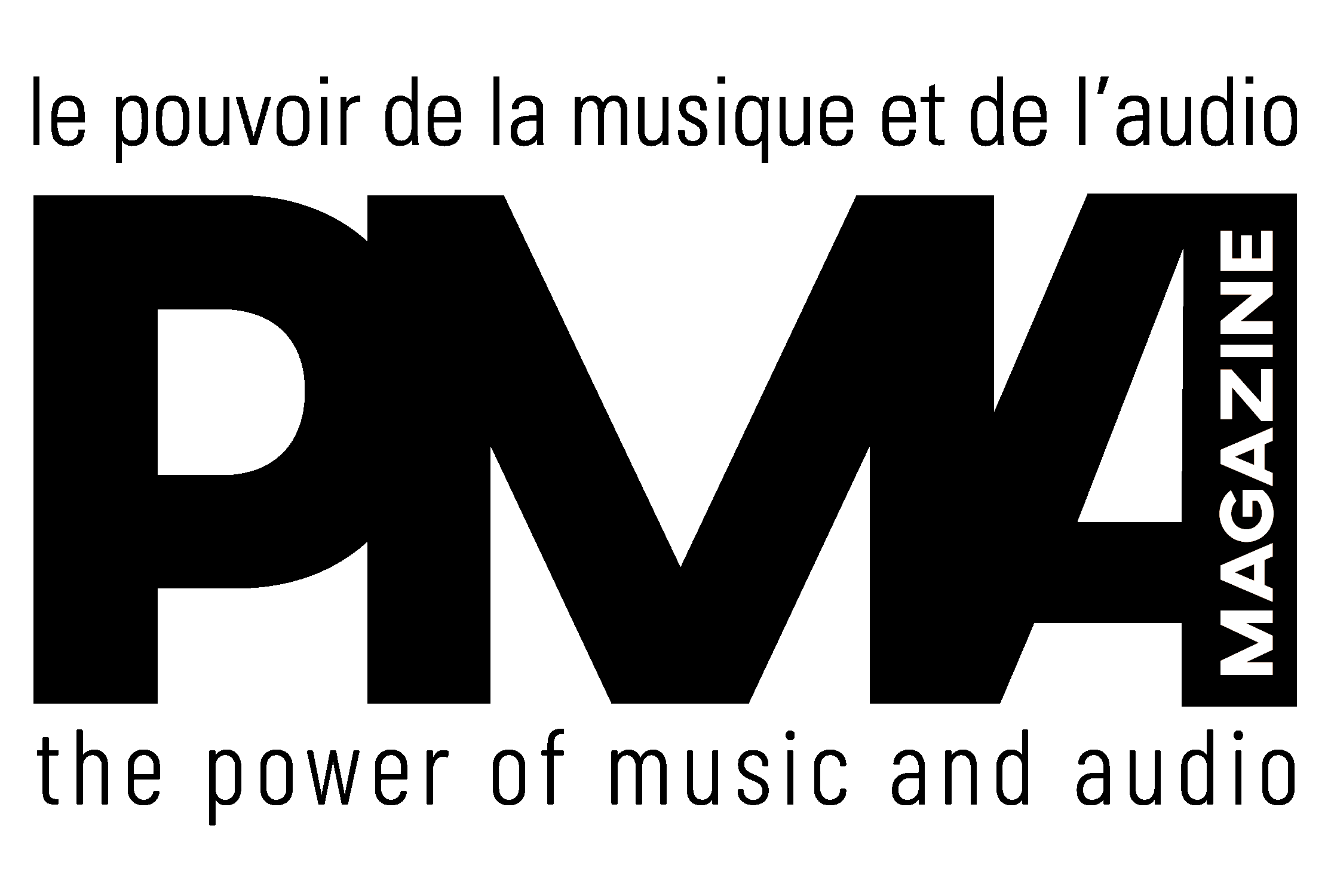



















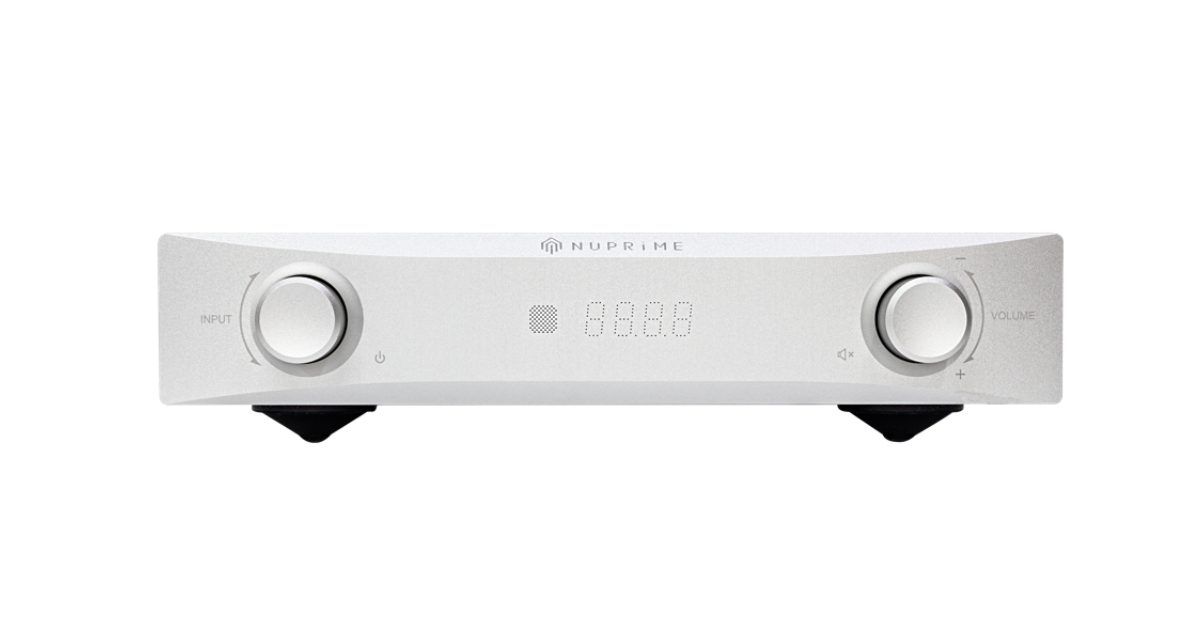
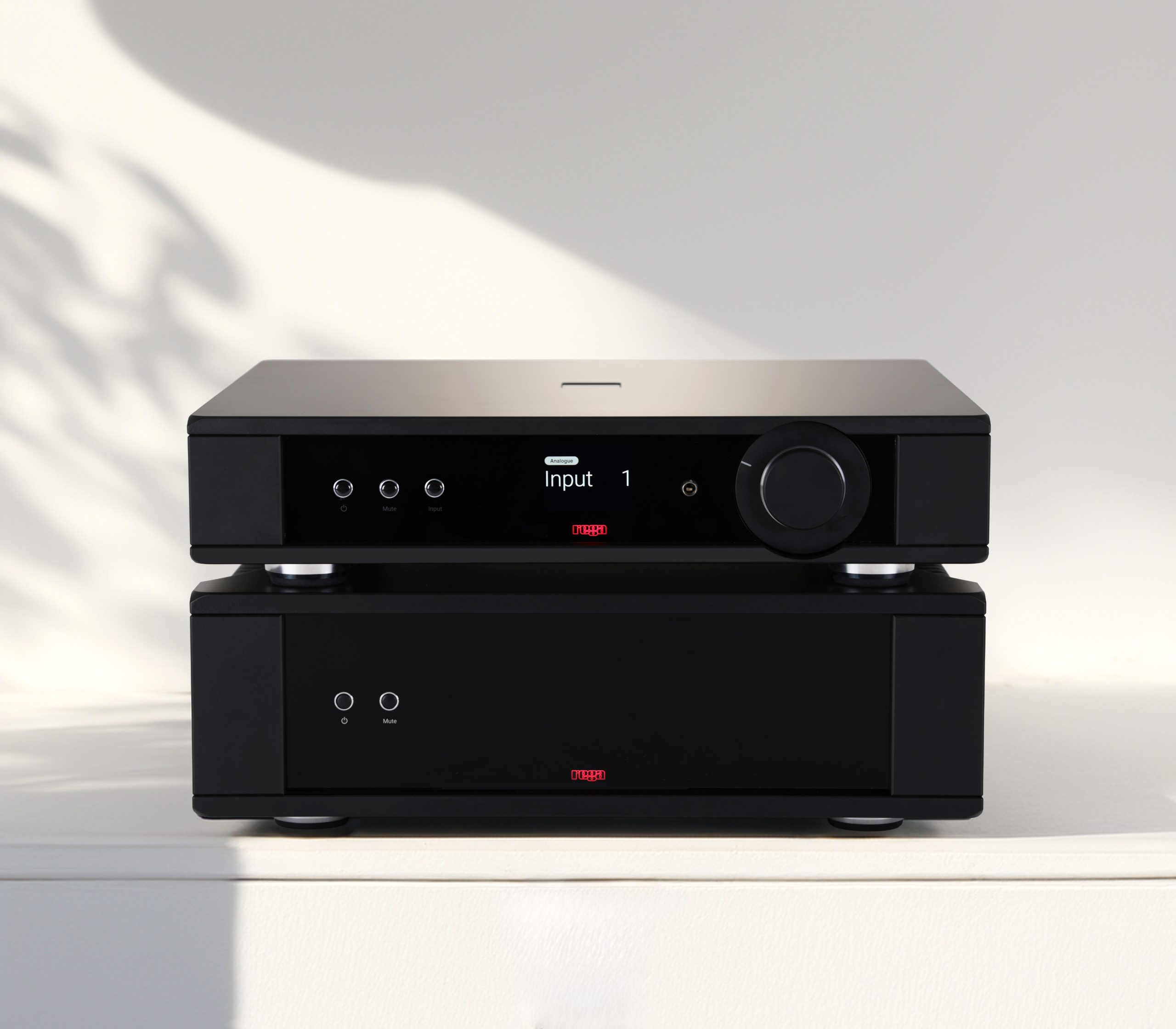
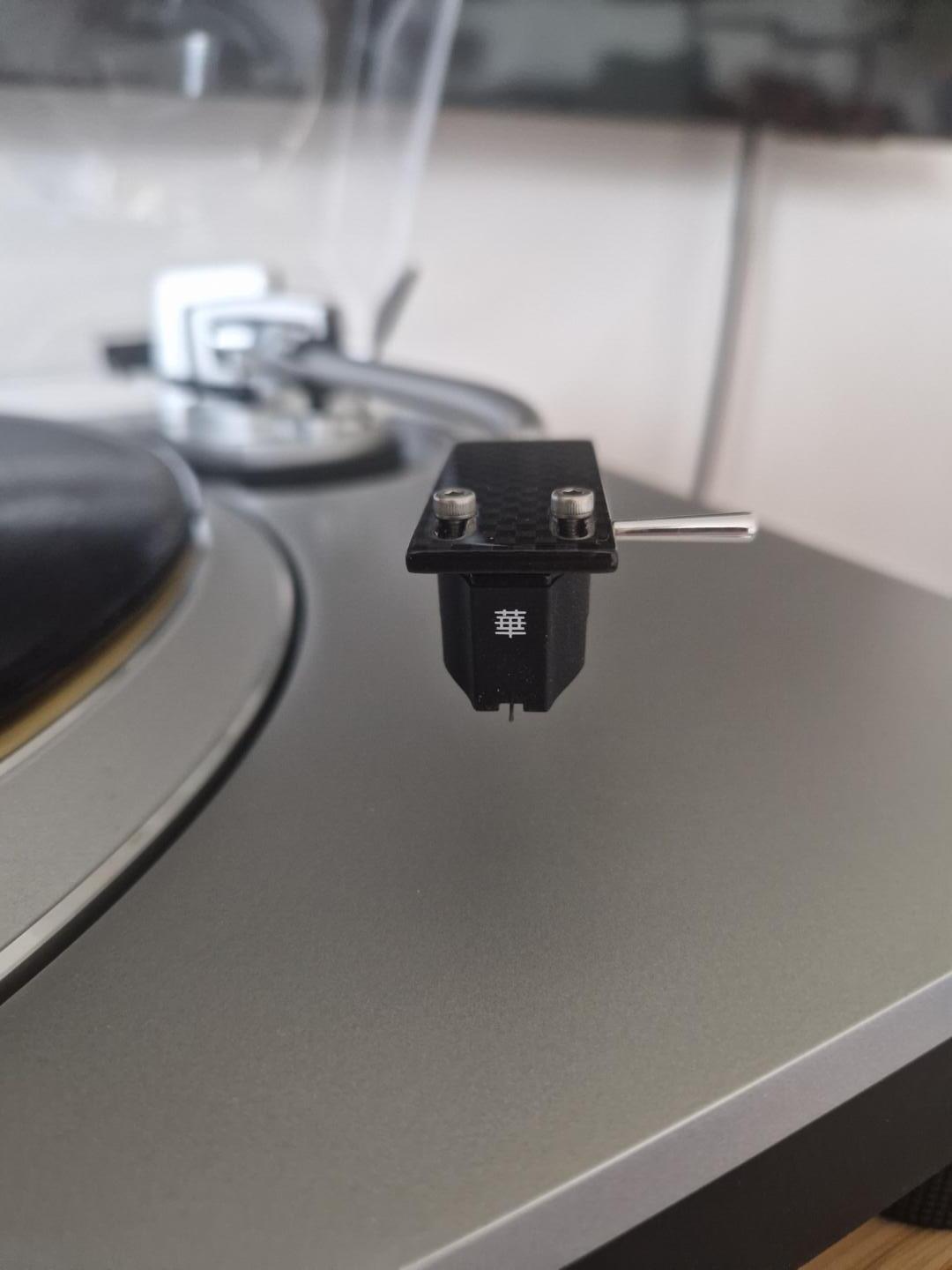
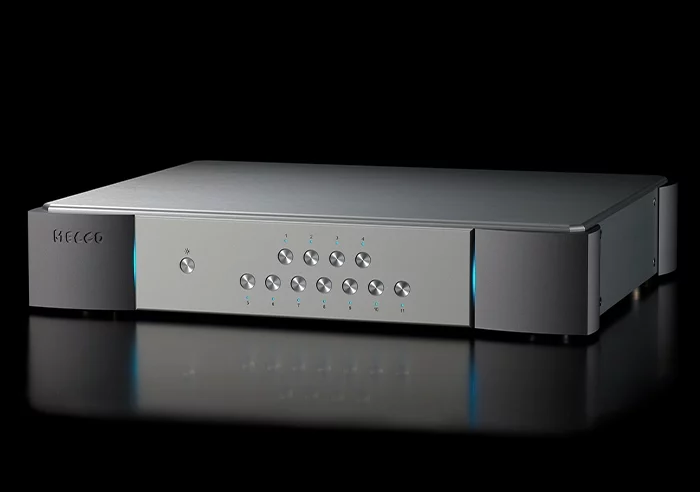
Leave a Reply